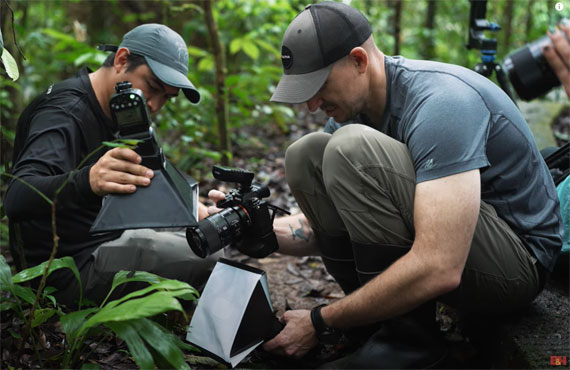When we think of taking macro photos in nature, most of us imagine photographing flowers and other vegetation, or even some insects. But that’s not what we’re talking about in today’s exciting video. Today we have photographer Colby Brown who’ll show you how you can take your macro photography to the next level by working with wildlife. Let’s join him as he talks about macro photography gear, settings, techniques, and more:
“Macro wildlife photography is the idea of photographing amphibians, snakes, insects, and spiders – all the things that mostly people find to be misunderstood.”
In this resourceful video, Brown walks you through everything that you need to know about taking macro photos out in the wild. To start off, he talks about the gear, especially the lens. To be able to take proper macro photos, you’ll need to have a macro lens that gives you a 1:1 ratio and has a close focusing distance. And since you’ll be working with quite narrow aperture settings when taking macro shots, flashes will come in quite handy for the photography process. Brown also shows you the sort of diffusers you can use to soften the light and get better results.
Brown also shares the standard settings that he uses to take macro photos. And as he admits, the interesting thing is that the settings don’t change that much.
“When it comes to most of my macro images, most of my creativity comes from the choice of lighting, the direction of light, and the power of light mixed in with my choice of composition.”
When working with live animals, it becomes crucial that you pay attention to safety and ethics. Don’t handle the creatures yourself. If need be work with professionals who can handle them safely. This is not just for your safety, but for the safety of the animals as well. Also, limit your time with the animals as you don’t want to stress them out.
If you’ve been wanting to get better at macro photography, be sure not to miss this complete video. You’ll definitely gain a lot of insights on the photography genre.
Like This Article?
Don't Miss The Next One!
Join over 100,000 photographers of all experience levels who receive our free photography tips and articles to stay current:






